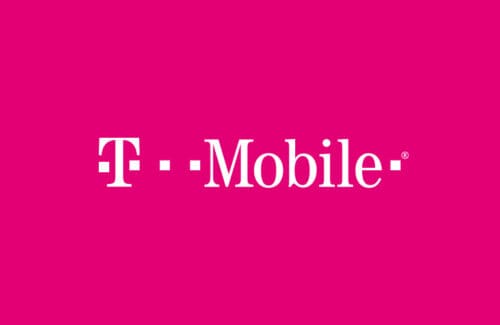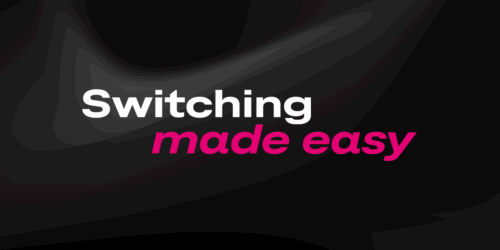I talk a lot about the need to innovate as a mobile Internet company and about how important it is for us to think differently about our Data Strong™ network than our competitors think about their networks. We are constantly looking at technology that we can develop and leverage to offer useful benefits to our customers. In 2014, my team launched some really cool technology innovations and in 2015 and beyond, it will be no different.
We are always looking to drive a better, more differentiated wireless experience for T-Mobile customers. Commonly, these innovations include higher peak and average throughputs and robust mobility in addition to higher spectrum efficiency while maintaining affordable plans for our customers. Last year, we introduced next-gen Wi-Fi Calling and delivered a “first” with seamless handover between VoLTE and Wi-Fi Calling with HD Voice quality on capable devices. This is also a great example of how T-Mobile has successfully integrated licensed and unlicensed spectrum to benefit our customers.
Licensed Assisted Access (LAA) is a new and emerging LTE technology that shows promise by combining licensed and unlicensed spectrum more seamlessly. This technology increases higher peak and average data speeds to smartphones and mobile broadband devices with reduced packet latencies. Importantly, LAA brings all of LTE’s efficiencies – sophisticated Quality of Service controls and robustness – to the unlicensed band in a way that compliments Wi-Fi yet provides far greater coverage performance. As the technology matures, we plan to use it in our continuing efforts to evolve and improve our Data Strong network and provide our customers with superior mobile broadband performance.
Currently, there is approximately 550 MHz of underutilized spectrum in the 5 GHz Unlicensed National Information Infrastructure (UNII) band, which is available for any use within the FCC’s rules for the UNII band. LAA is a new and innovative approach that allows for licensed and unlicensed spectrum to work seamlessly together. And, we’ve already begun work with our various chip set, radio infrastructure and device partners to bring LAA production trials to life this year and bring the technology to our customers in the near-future.
LTE is already providing a highly flexible platform for seamlessly aggregating new spectrum. For example, as T-Mobile brings 700 MHz service online through 2015, we are aggregating this new band with our existing mid-band LTE service to help boost peak and average throughput rates. Looking forward, the LTE eco-system and T-Mobile’s network is being developed to flexibly support new bands, as they become available.
So stay tuned, we are only a few, short days into 2015 yet our radio technology plans are already brimming, and we promise another exciting year of technology innovations.





